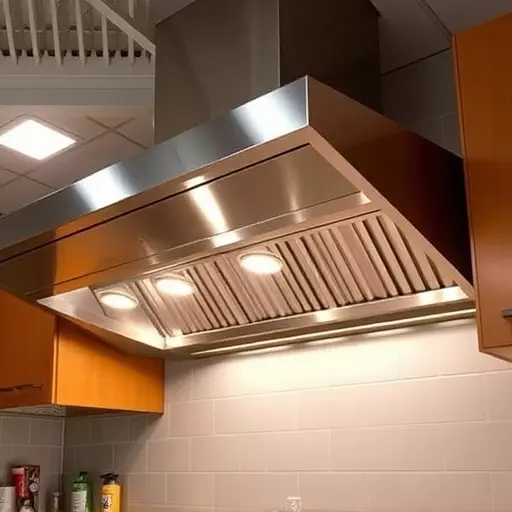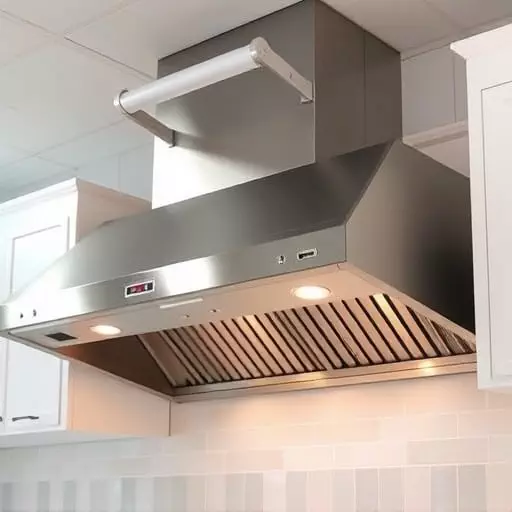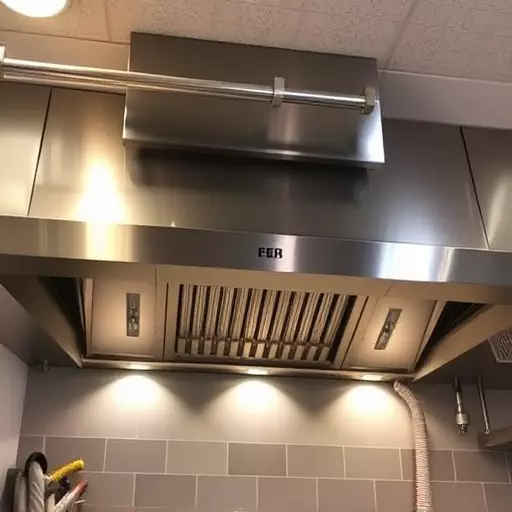Upgrade Kitchen Fire Safety: Guide to Ventilation-Integrated Suppression Replacement in Jacksonville
VISR technology offers a modern, integrated fire suppression solution for kitchens in Jacksonville,…….
Kitchen Suppression Replacement in Jacksonville: A Comprehensive Analysis
Introduction
The concept of “Kitchen Suppression Replacement” in Jacksonville, Florida, represents a critical evolution in fire safety and building infrastructure. This article delves into the intricacies of this essential system, its historical context, and its significance within the broader scope of urban development and fire protection. We will explore its global impact, economic considerations, technological advancements, policy landscape, challenges, and future prospects, providing readers with a comprehensive understanding of this vital component of modern architecture and safety measures.
Understanding Kitchen Suppression Replacement Jacksonville
“Kitchen Suppression Replacement” refers to the systems and techniques used to replace traditional kitchen fire suppression methods in Jacksonville. These systems are designed to protect against fires originating in commercial kitchens, which are among the most common causes of fire-related incidents in this sector. The core components of these systems include automated fire suppression units, detection devices, and advanced extinguishing agents that are specifically engineered for kitchen environments.
Historically, kitchen fires were contained using manual methods such as dry chemical extinguishers or sprinkler systems not specifically designed for the unique challenges posed by grease and electrical risks in kitchens. However, with advancements in technology and a better understanding of fire behavior, newer systems have been developed to address these specific needs more effectively.
Global Impact and Trends
The impact of “Kitchen Suppression Replacement” is not confined to Jacksonville but has a global resonance. As the global restaurant industry continues to grow, the need for advanced fire suppression systems becomes increasingly important. The trends shaping this sector include a rise in the adoption of automated safety measures, an emphasis on sustainable and eco-friendly extinguishing agents, and the integration of smart technology to enhance system performance.
Different regions are affected in unique ways due to variations in building codes, kitchen designs, and fire risk profiles. For instance, high-rise buildings in densely populated cities require different solutions compared to standalone restaurants in rural areas. The global response to these trends has led to a proliferation of innovative products and services aimed at improving kitchen safety standards worldwide.
Economic Considerations
From a macroeconomic perspective, “Kitchen Suppression Replacement” plays a pivotal role in risk management and insurance costs for the food service industry. The market dynamics for these systems reflect a growing demand driven by increasing awareness of fire safety and the expansion of the food service sector globally. Investment patterns indicate a shift towards high-tech, preventative solutions that can reduce both the frequency and impact of fires.
The role of “Kitchen Suppression Replacement” within economic systems is multifaceted. It not only protects businesses from costly damages but also contributes to broader economic stability by preventing potential disasters that could disrupt commerce and affect employment. The integration of these systems is essential for maintaining compliance with safety regulations, which can significantly influence a business’s operational costs and insurance premiums.
Technological Advancements
Technological advancements in “Kitchen Suppression Replacement” have been nothing short of transformative. Innovations include the development of more efficient and environmentally friendly extinguishing agents, such as wet chemical agents that are highly effective at suppressing grease fires without causing damage to kitchen equipment or posing health risks.
The integration of IoT (Internet of Things) technology allows for real-time monitoring and data collection, which can be used to predict potential fire hazards and optimize system performance. Additionally, advancements in materials science have led to the creation of more robust and durable systems that can withstand the high-heat environments typical of commercial kitchens.
Policy and Regulation
The regulatory framework governing “Kitchen Suppression Replacement” is comprehensive and involves federal, state, and local regulations. These policies are designed to ensure that all commercial kitchens meet stringent safety standards. The National Fire Protection Association (NFPA) provides guidelines and codes that establish the minimum requirements for fire protection systems in commercial kitchens.
Legislative frameworks also address the proper disposal and handling of extinguishing agents to minimize environmental impact, reflecting a growing concern for sustainability. Compliance with these regulations is not only mandatory but also critical for the operational safety and legal liability of food service establishments.
Challenges and Criticisms
Despite its significance, “Kitchen Suppression Replacement” faces several challenges and criticisms. One of the primary concerns is the cost associated with installing and maintaining these systems, which can be prohibitive for smaller operations. Additionally, there are debates over the effectiveness of certain technologies in different kitchen environments, necessitating a one-size-fits-all approach.
To overcome these issues, stakeholders must collaborate to develop more affordable, adaptable, and technologically advanced systems. Education and training for both users and installers are essential to ensure proper operation and maintenance, which can further enhance the effectiveness of these systems.
Case Studies
Several case studies illustrate the successful implementation of “Kitchen Suppression Replacement” systems. One notable example is a mid-sized restaurant chain that reported a significant reduction in fire incidents after upgrading to advanced suppression systems. Another case involves a high-end culinary institution that integrated a state-of-the-art system, resulting in improved safety and an increased level of confidence among patrons and staff.
These studies not only demonstrate the practical application of these systems but also provide valuable insights into their cost-benefit analysis over time, highlighting the long-term savings and security they offer.
Conclusion
“Kitchen Suppression Replacement” in Jacksonville is a critical component of modern commercial kitchen operations. It encompasses a complex interplay of technology, regulation, and economics, all aimed at ensuring the safety and sustainability of one of the most dynamic sectors of the economy. As global trends continue to evolve, so too will the systems that protect our culinary landscape from the devastating effects of fire. The future of “Kitchen Suppression Replacement” promises to be a blend of innovation, efficiency, and compliance, ensuring that kitchens remain safe havens for cooking, creativity, and commerce.

VISR technology offers a modern, integrated fire suppression solution for kitchens in Jacksonville,…….

Fire safety in commercial kitchens is paramount, with tailored kitchen suppression systems addressin…….

Property owners and managers in Jacksonville, Florida, must prioritize kitchen suppression system (K…….

Kitchen suppression systems in Jacksonville commercial kitchens are crucial for fire safety, quickly…….

In vibrant Jacksonville, Florida, where kitchens are central to community life, upgrading to modern…….

Manual pull station replacements are crucial for commercial kitchens in Jacksonville to enhance fire…….

Implementing a cost-effective kitchen suppression system in Jacksonville requires understanding spec…….